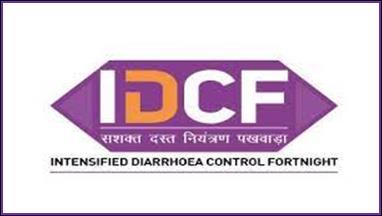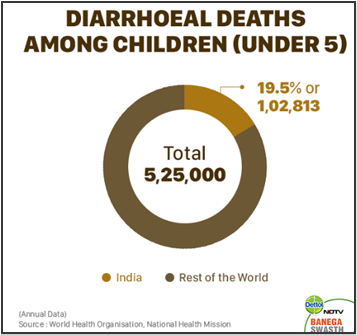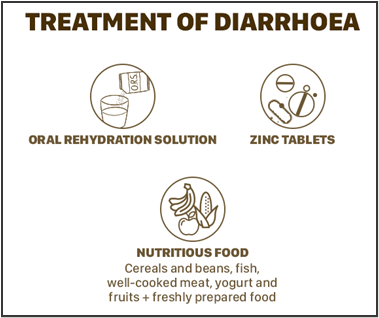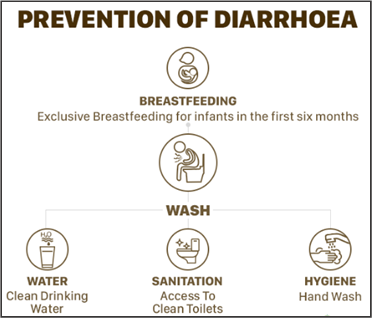Free Courses Sale ends Soon, Get It Now


Free Courses Sale ends Soon, Get It Now



Disclaimer: Copyright infringement not intended.
Context
Diarrhoea
Status of Diarrhoea
Global
India

IDCF

Way Ahead


https://www.pib.gov.in/PressReleasePage.aspx?PRID=1833576
© 2024 iasgyan. All right reserved